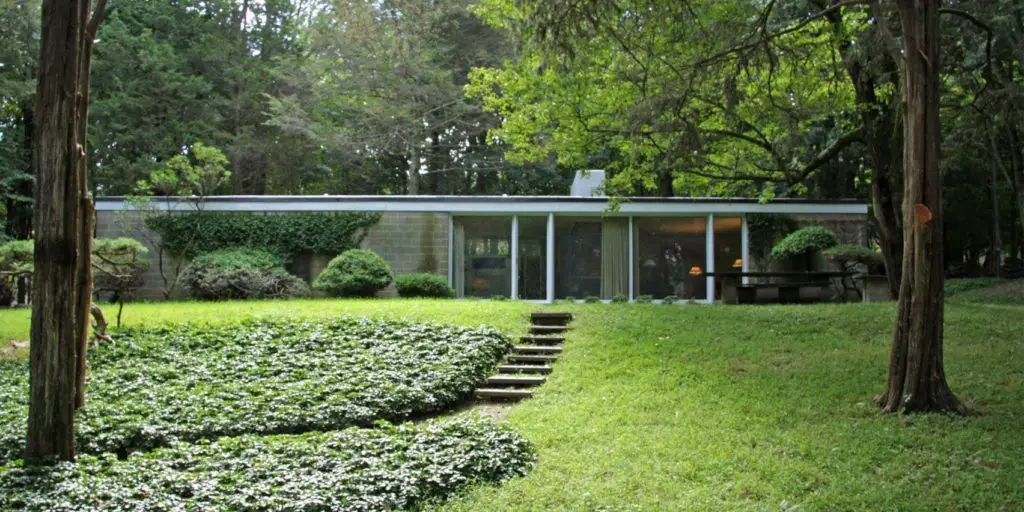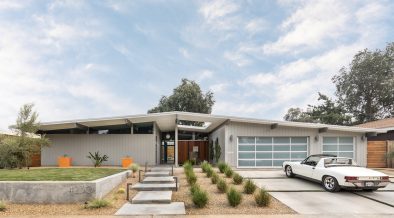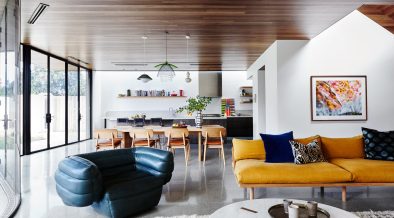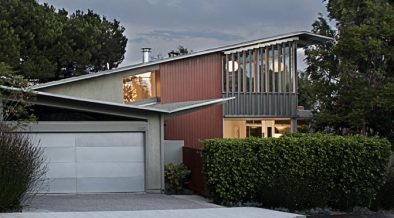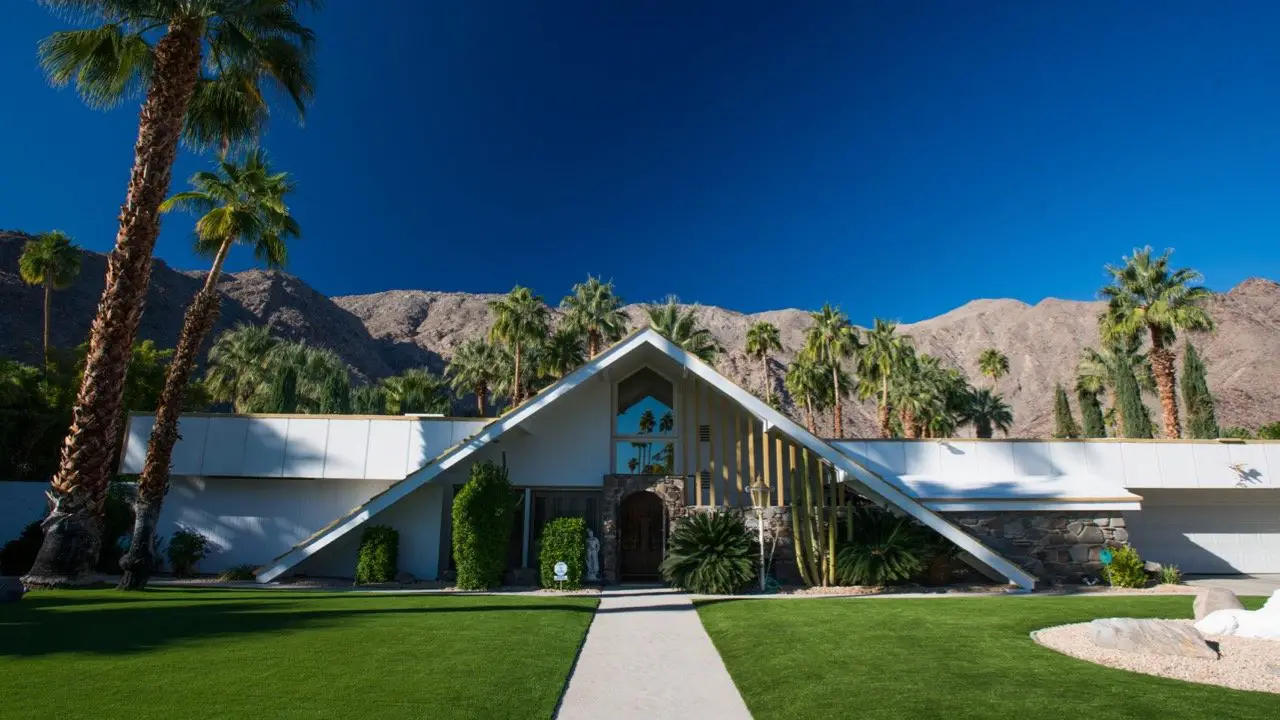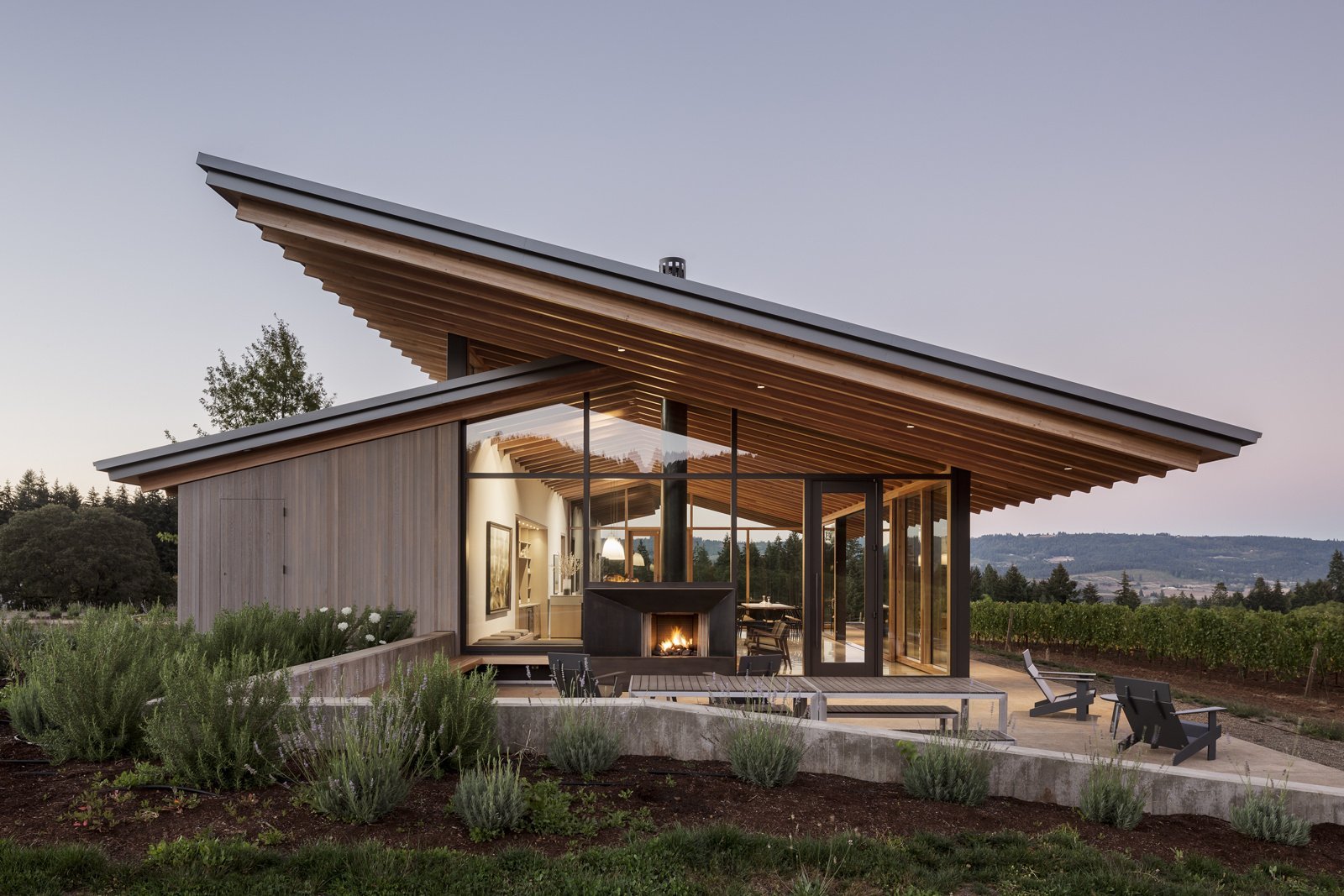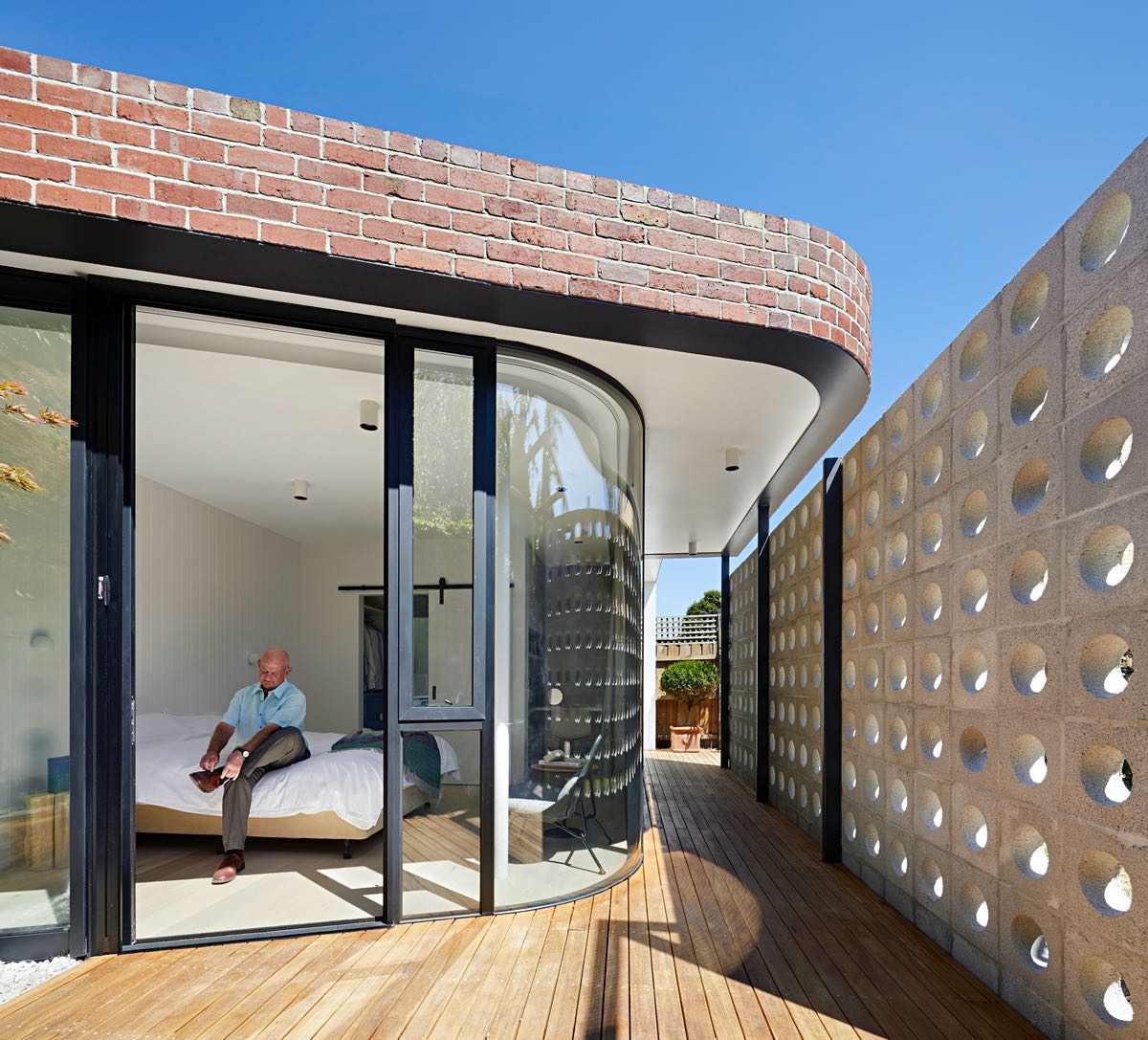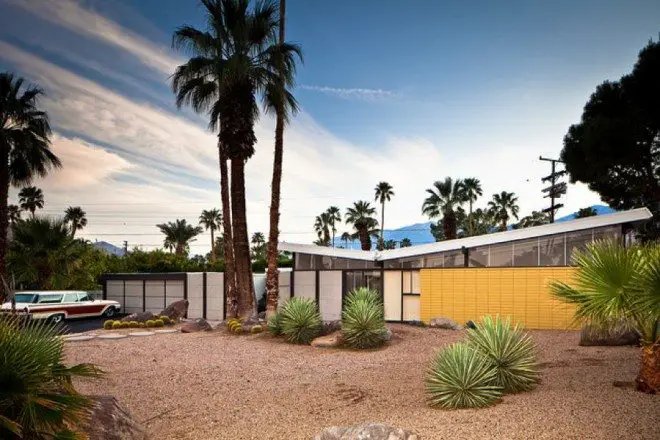The Booth House was the first house built by the great mid-century modern architect Philip Johnson. Completed in 1946, and built for the young couple Richard and Olga Booth, it is located in Bedford, New York, not too far away from the early modernist Mecca of New Canaan, Connecticut.
The mid-century home could be seen as a direct precursor to his later, more famous Glass House (located in New Canaan). Yet unlike the Glass House, which was almost bombastic in its extreme simplicity, there’s something quite modest about this earlier construction.The first sign of this is the grey brick used for the outer walls of the structure. Indeed, it really doesn’t get more unpretentious than grey brick. Meanwhile, these are interspersed with similarly unpretentious windows, in plane white window frames, and topped by a flat grey roof with white trim.
ALSO READ: Brazilian Modernism: The Redux House by MK27
With such simplicity, your attention is invariably redirected to other aspects of the design, like the structure itself. Again, this is best described as simple, but it’s also very finely balanced. On the home’s upper level, a long line of windows is positioned such that the open plan living area is drowned in light. Meanwhile, the careful positioning of the home on the crest of a hill, allows for a circular wall to conceal another lower level. This arrangement both allows light to flow to the lower level, while also retaining the simple, clean rectangle of shape of the upper level.
READ ALSO:A Rustic House with a Modernist Touch in California by Jorgensen Design
Speaking of the curved wall, the same grey brick has been used as is used in the main structure, However, the arrangement of the bricks in a curve brings a curious new texture to this seemingly bland material, with their slightly irregular spacing creating an effect that is almost sculptural.This is just one of several hints at the surprising versatility of these grey bricks. Other instances include the steps down to a lower section of the garden, where a set of six of rests horizontally beneath the step; also, the small table on the lawn, which is supported by a set of eight, this time arranged vertically.
The flexible application of what is surely a rather commonplace building material is testament to Johnson’s capacity to think pragmatically about how to build a decent modernist home at a lower cost.
Meanwhile, the plain brick has clearly become enriched by the natural surroundings as time has passed, with ivy crawling up the side of one wall, and a very faint greenish hue notable on more than the odd brick.Mid-century design purists may quibble over this intervention of ivy along one of the walls. They would have reason to do so: it does somewhat interrupt the purity of the overall structure. But then, looked another way, nature’s intervention is vital to disrupt what would have originally been a rather monotonous façade.
READ ALSO: Modernist Simplicity by Ström Architects
We fall in the latter camp. After all, the structure is already surrounded by nature, and, as with the Glass House, it was certainly never Phillip Johnson’s intention to separate his homes from nature’s inevitable encroachment.
Photos by Robert Gregson

